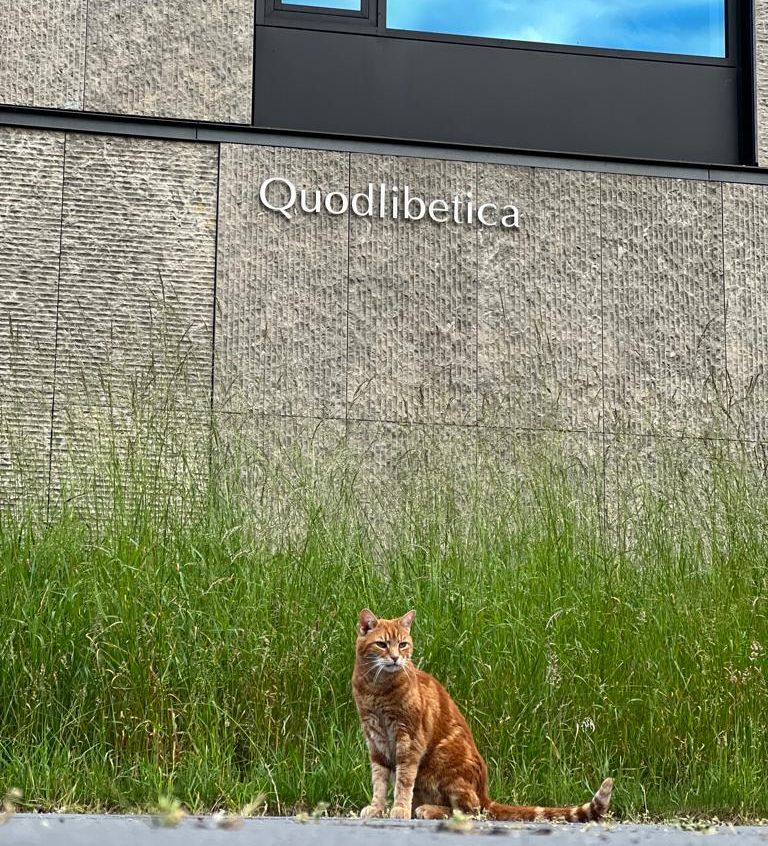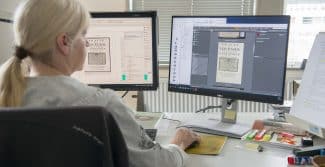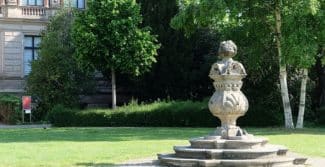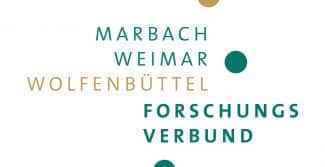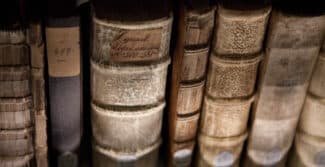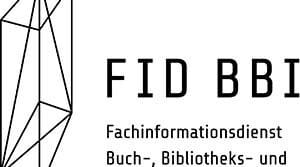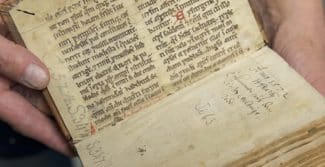May 2023: Lessing’s short text ‘Das Testament von Johannis: Ein Gespräch’ (The Testament of St John: A Dialogue) dating from 1777
In the copy Lo 4619, Lessing’s short text ‘Das Testament von Johannis: Ein Gespräch’ dating from 1777 is not only fresh from the printing press – as ‘raw sheets’ (i.e. uncut and unbound) – there is even a handwritten invoice for ‘printing fees’ to cover 1,500 copies on ‘large paper’.
The transcribed note reads ‘W[aisenhaus] Buchhandlung. Hirvon sind 1500 auf groß Papier abgedruckt, das Druckelohn davon beträgt – 3 rth. 24 g. Br[aunschweig] den 27. Dec. 1777 [Monogramm]’ (W[aisenhaus, i.e. orphanage] booksellers. 1,500 of these have been printed on large paper, the printing fee for this is 3 Reichsthaler 24 groschen Br[aunschweig] 27 Dec. 1777 [monogram]).
In addition to the copy on ‘large paper’ there is also an identically typeset edition on smaller paper (e.g. the copy Lo 4612 [10]). The editions differ only in the distance between the columns. At least the size of the print run on large sheets is known in this case, which is rare indeed.
May 2023: Tagin –crowned letter in holy scripts
Dr Zina Cohen, who works at the German materials testing and research facility Bundesanstalt für Materialforschung und -prüfung (BAM), investigated the ink on two Torah scrolls from the 15th and 16th century (Cod. Guelf. 148 and 149 Noviss. 2°) with the help of X-ray fluorescence analysis.
This technique allows differences to be identified in the composition of the iron gall inks that have been used. This is necessary because the naked eye cannot determine whether the mysterious little crowns – known as tagin – above certain letters date from the same time as the rest of the Torah or if they were a later addition. Torah scrolls do feature multiple layers of writing, correction and touching up, which are being studied as part of an interdisciplinary project that incorporates technical instruments as well as philological and palaeographic approaches.
April 2023: The philosopher’s stone?
In the course of the Deutsche Forschungsgemeinschaft (German Research Foundation, DFG) project ‘Epistemic change: Stages of early modern alchemy’, the HAB has had material samples from one of its own manuscripts (Cod. Guelf. 9 Noviss 2°) analysed at the Fraunhofer Institute in Braunschweig.
Mysterious material samples are contained in a small paper envelope found in a bundle of alchemical manuscripts at the HAB. What could it be? Might it even be the legendary philosopher’s stone, which can transform base metals into gold and silver? Even if the latter suggestion is rather unlikely, the small crystals have been analysed at Braunschweig’s Fraunhofer Institute for Surface Engineering and Thin Films IST as part of the HAB’s research project ‘Epistemic change: Stages of early modern alchemy’.
Further evaluation revealed that the little stones were a mixture of lead, lead nitrate and lead oxide with traces of nickel oxide. The sample has an astonishingly large amount of elemental lead. This mixture does not appear in nature because lead is seldom soluble in water and lead nitrate never, while nickel is generally found mixed in with other metals such as iron which are not contained in the sample. Accordingly, the mixture may well have been a product of alchemy. Lead was regarded by alchemists as a source material for producing gold because it was of a similar weight and softness. Dr Ute Frietsch is working on a reconstruction of the authentic context of the sample. The chemist Dr Alexander Kraft (Gotha) served in an advisory capacity on the project.
